#asparagaceae
Photo


..
#flowers#plantcore#gardening#cottagecore#natur in deutschland#original photography#Convallaria majalis#flowercore#asparagaceae#original photographers#blumen#garden#garten#spring#frühling#lily of the valley#maiglöckchen#germany#deutschland#plant aesthetic#nature photography#nature#natur#flower#blume#plants#pflanzen
2K notes
·
View notes
Text

Agave victoriae-reginae
106 notes
·
View notes
Text

False Solomon's Seal
Maianthemum racemosum
Asparagaceae
Photograph taken on August 13, 2023, at Pinery Provincial Park, Ontario, Canada.
#wildflowers of southern ontario#False Solomon's Seal#false solomons seal#berry#berries#Maianthemum racemosum#Asparagaceae#Maianthemum#wildflowers#pinery#pinery provincial park#ontario#canada#nature
84 notes
·
View notes
Text

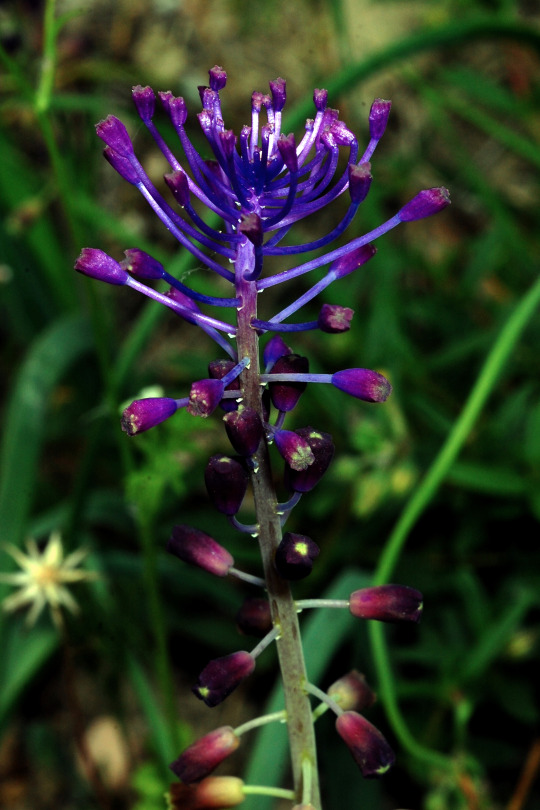
M – Muscari comosum (L.) Mill. – Giacinto dal pennacchio (Asparagaceae)
72 notes
·
View notes
Text

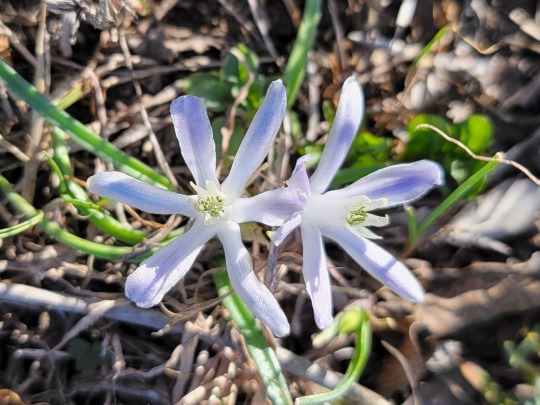
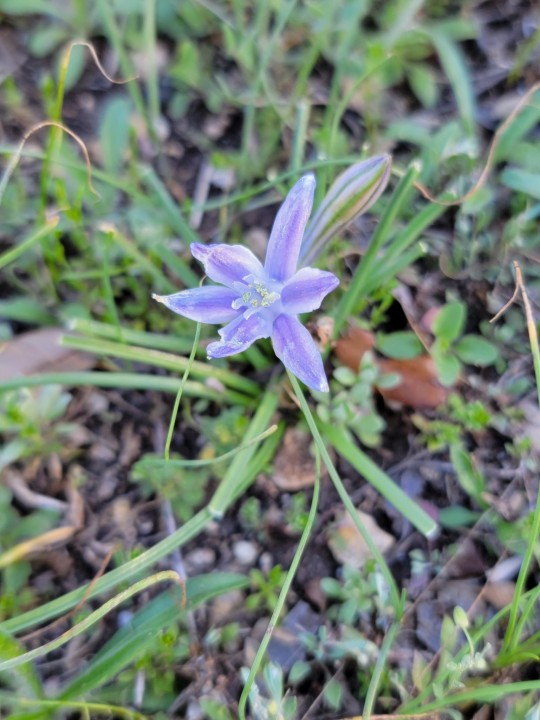

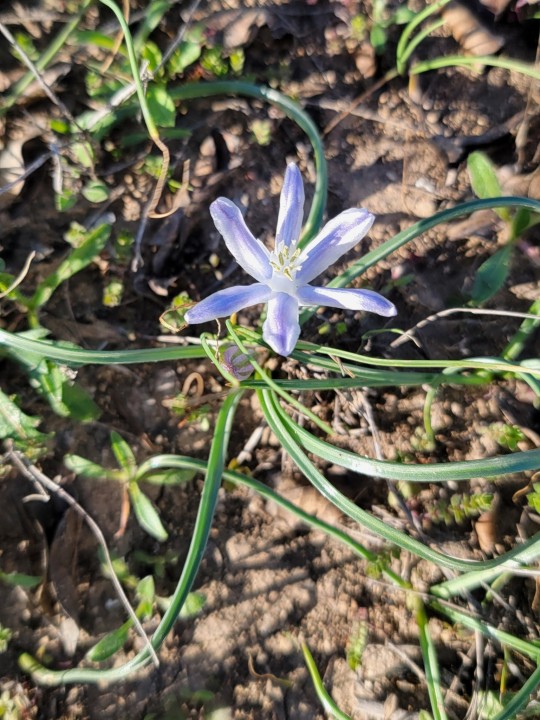
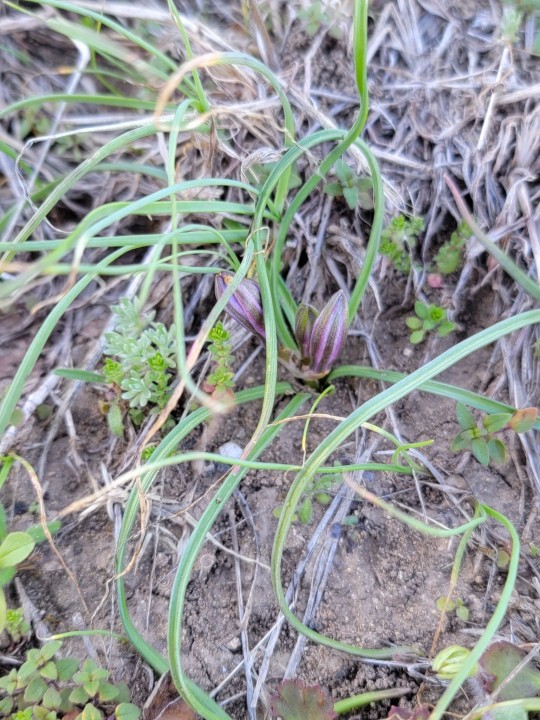
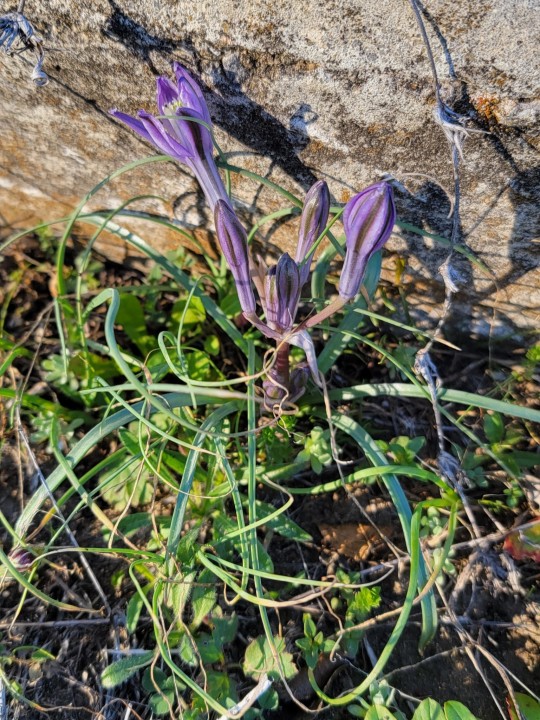
Blue funnel-lily (Androstephium coeruleum) is one of the earliest blooming wildflowers in this region. This cemetery population is just kicking off. This is in fact a fairly uncommon plant to run across in my experience, though that may simply be a factor of not looking early enough. The corms are apparently edible, but it would be a shame to dig them up. They appear to be nearly nonexistent in cultivation, outside the collections of the most obsessive bulbaholics.
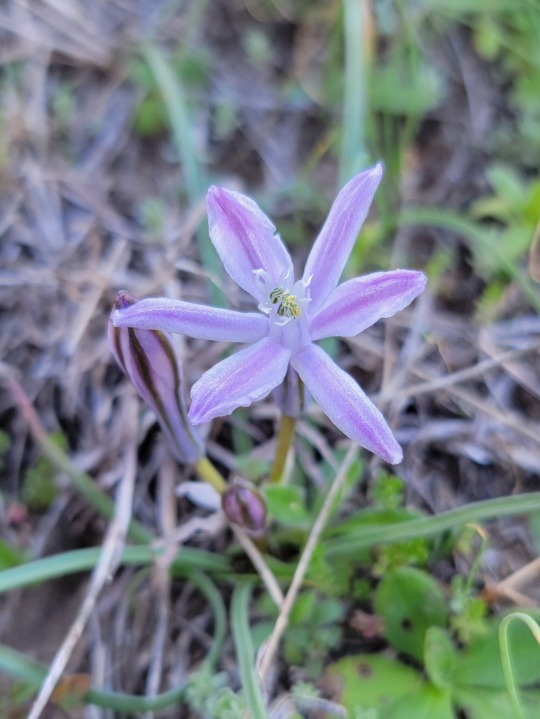
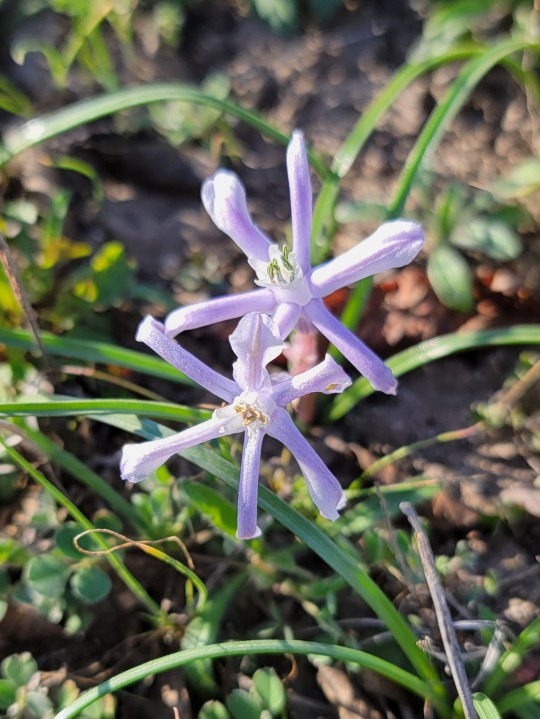

29 notes
·
View notes
Text
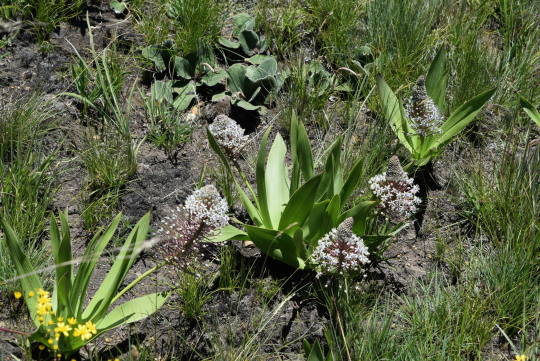
Sand Lily
Schizocarphus nervosus
Highmoor, 3300, South Africa
-29.317155, 29.616932
by alison_young
#botany#sand lily#schizocarphus#genus schizocarphus#south africa#south african plants#flowers#monocots#asparagales#order asparagales#asparagaceae#m#highmoor
10 notes
·
View notes
Text

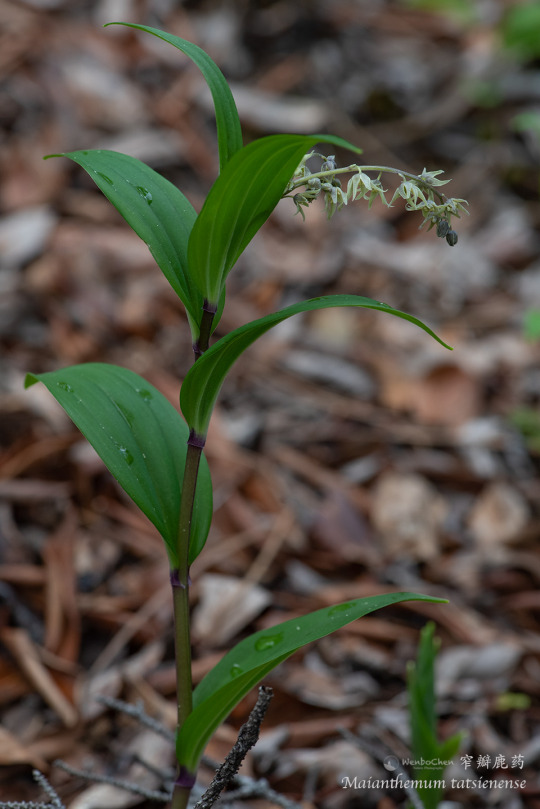

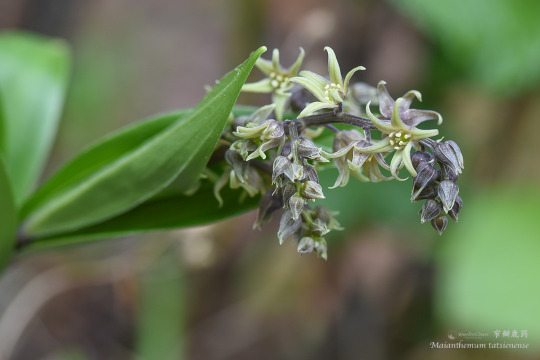
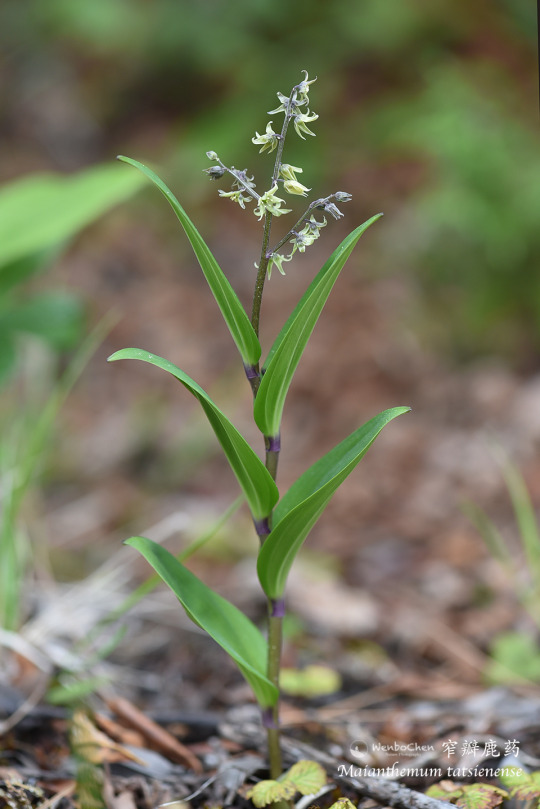


Among all the Maianthemum species I have seen, this is the rarest one, saw it once only, in NW Yunnan's Shangri-La County, about 3000m.
10 notes
·
View notes
Text
#1931 - Cordyline australis - Cabbage Tree


AKA tī kōuka or cabbage-palm. Originally Dracaena australis, when it was described by Georg Forster in 1786, after Joseph Banks and Daniel Solander collected some in 1769.
Another of Aotearoa’s most iconic plants. The binomial refers to the shape of the rhizomes - club-like - and the southern distribution. The common name name is likely down to Georg Forster again, writing in his Voyage round the World (1777) who discusses the edibility of the central shoot in comparison to the ‘true cabbage palm’ - probably the cabbage palmetto (Sabal palmetto) of Florida.
It’s certainly edible - not only do a wide variety of New Zealand native fauna love the stuff, the Māori cultivated it for the rhizomes and growing shoots. The meter-long leaves were also collected for the very strong fibres they contained, which were used as rope and as protective capes and legwear when travelling anywhere Matagouri and Spaniard Grass grows. You’ll recall those from earlier posts - protective legwear is strongly recommended.
The Cordylines of NZ were probably derived from an influx of tropical plants some 15 million years ago, and promptly diversified. They certainly thrive in cool climates much better than similar-looking plants - they’re now grown as far north as Scotland, and one common name in use in the UK is Torquay Palm.
A healthy Cabbage Tree can be as tall as 20m, but there’s not many of those left. That’s partly down to land clearance, Rural Decline where a lone Cabbage Palm that was lucky enough to be left behind by land clearance is slowly killed by livestock and rabbits, and Sudden Decline caused by the bacterium Phytoplasma australiense, which may be spread from tree to tree by the introduced passionvine hopper from Australia.
6 notes
·
View notes
Text
Language of Flowers: Dragon Plant
There is a flower for every day of the year, in the language of flowers. The flower for today, December 6, is Dragon Plant, which signifies snare.
Image above from Wikipedia.
Dracaena marginata, commonly known as Dragon Plant or Spanish dagger, is an attractive, stiff-leaved plant with green sword-like leaves edged with red. The genus name comes from the Greek word drakaina, meaning a female…

View On WordPress
#Asparagaceae#birthday#December#Dracaena marginata#Dragon Plant#drakaina#flower#growing#Language of flowers#plant#Spanish dagger
1 note
·
View note
Text

Anthericum liliago / St. Bernard's Lily at the Sarah P. Duke Gardens at Duke University in Durham, NC
#Anthericum liliago#Anthericum#St. Bernard's Lily#St Bernard's Lily#Flowers#asparagaceae#nature photography#photographers on tumblr#Sarah P. Duke Gardens#Duke Gardens#Duke University#Durham#Durham NC#North Carolina
1 note
·
View note
Text
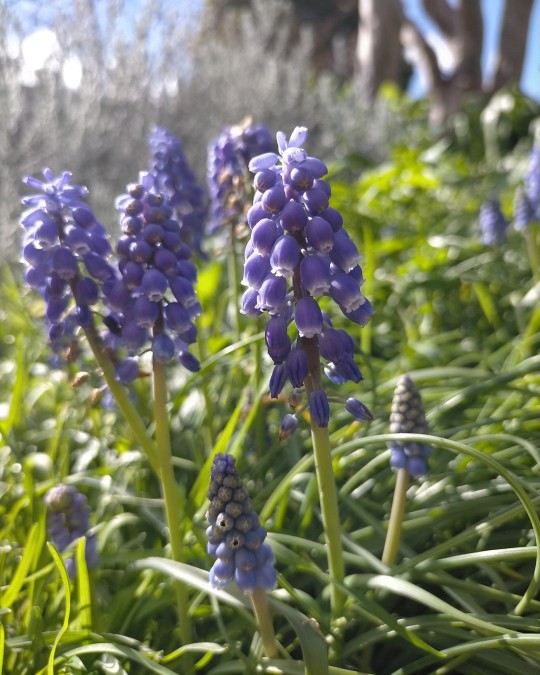
Muscari neglectum
04-SEP-2022
Melbourne, Vic
#australia#victoria#melbourne#flowers#purple flowers#green#purple#sunlight#asparagales#asparagaceae#scilloideae#muscari#muscari neglectum#grape hyacinth
1 note
·
View note
Photo
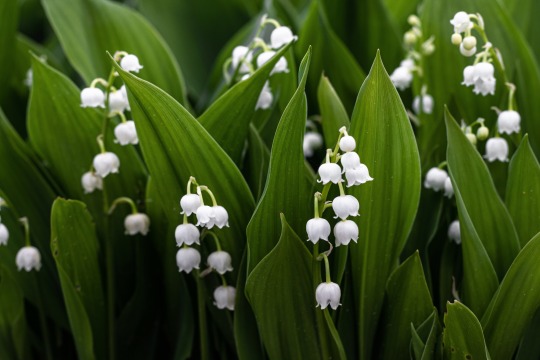

..
#flowers#plantcore#gardening#cottagecore#natur in deutschland#original photography#convallaria majalis#flowercore#asparagaceae#original photographers#blumen#garden#garten#spring#frühling#lily of the valley#maiglöckchen#plant aesthetic#nature photography#botany#botanical#flower#cottage aesthetic#floral#floral aesthetic#springtime
95 notes
·
View notes
Text
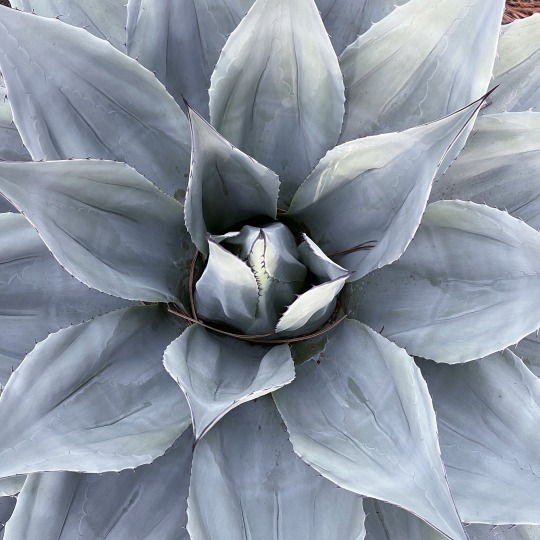
Agave ovatifolia
90 notes
·
View notes
Text
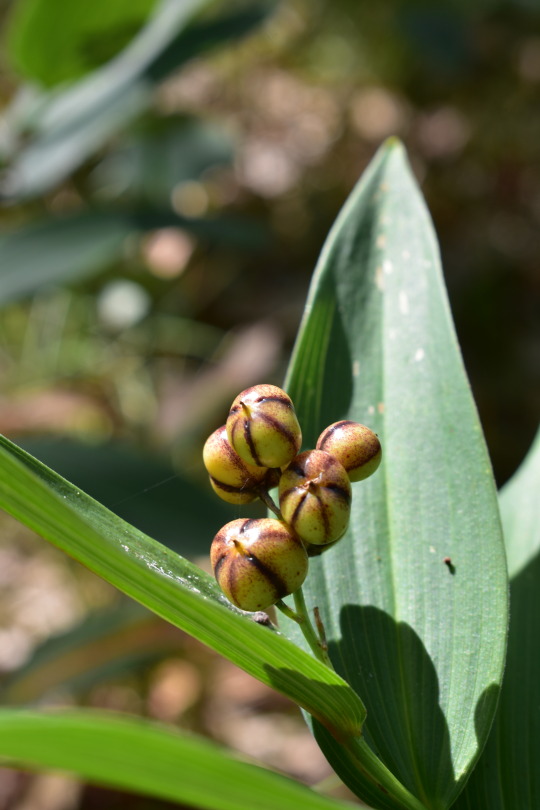

Star-flowered Lily-of-the-Valley
Maianthemum stellatum
Asparagaceae
Photographs taken on August 13, 2023, at Pinery Provincial Park, Ontario, Canada.
#wildflowers of southern ontario#Star-flowered Lily-of-the-Valley#star flowered lily of the valley#Maianthemum stellatum#Maianthemum#Asparagaceae#Pinery Provincial Park#provincial park#nature#wildflowers#wildflower#flowers#Ontario#Canada
13 notes
·
View notes
Text
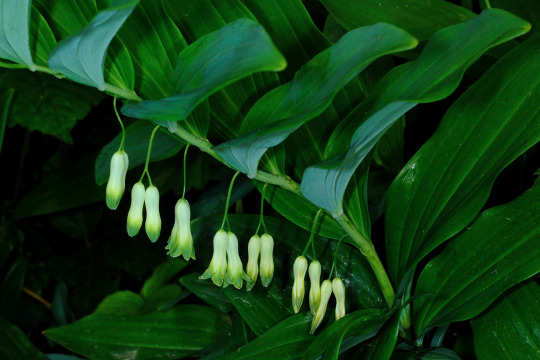

P – Polygonatum multiflorum (L.) All. – Sigillo di Salomone (Asparagaceae)
35 notes
·
View notes
Text
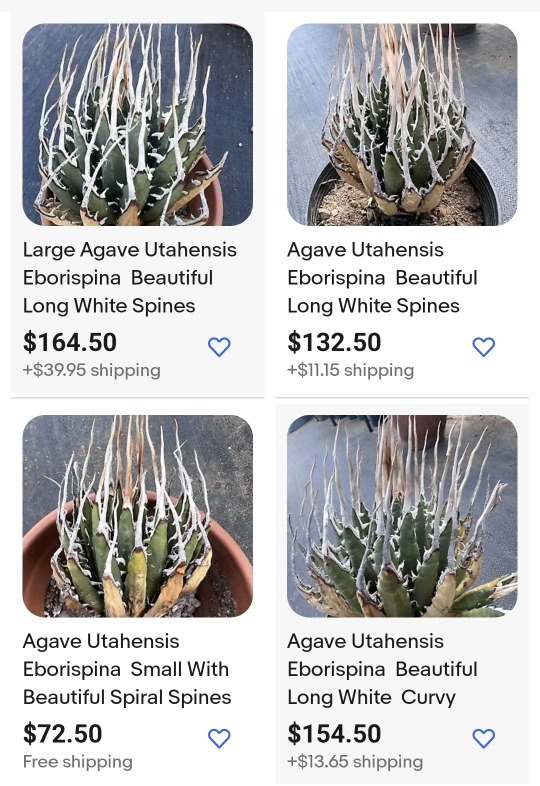
Here's a great example of a seller that is setting off red flags for poached plants. Here's why:
1. Species is uncommon in cultivation, and highly desirable for collectors. Cultivation is tricky due to its slow growth and absolute intolerance for excess water, and it is not appealing to large scale commercial growing for that reason. It's also a North American native that grows in California and adjacent states, where this seller is based.
2. Seller has multiple mature or near mature size plants, but does not have any seedlings or intermediate size juveniles.
3. Plants lack the uniformity of appearance that you see when a group of seedlings is grown under the same conditions. Cultivated agaves often have a more open rosette, rather than the tight habit we see here.



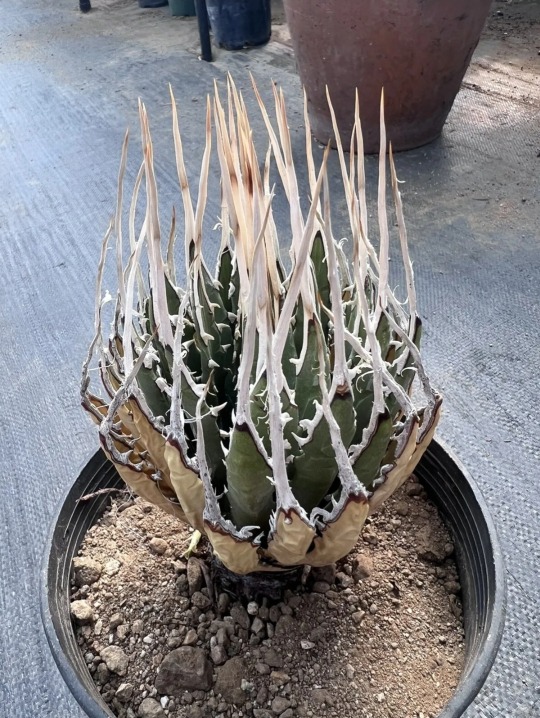
4. While cultivated plants certainly lose leaves, most growers will trim them off before posting them for sale. Additionally, the bottommost leaves are the first to go when an agave is stressed, and they all show dry bottom leaves.
5. They are bare root and have small, dry root balls. Growers that ship bareroot will generally not uproot plants until they are being shipped, both for appearances and to minimize stress. What soil is in the pots here is clearly very dry and has not settled, indicating it was very recently added.
6. The prices don't make sense:

In cultivation, a multi-headed specimen like this would take years to grow. You'd most likely be buying it off a collector or a grower downsizing stock plants, and the price would definitely reflect that. Yet this cluster is only priced slightly higher than the single specimens.
For comparison, seed-grown plants like one below from a reputable grower were priced at $20:

It will be years before this plant resembles the other plants posted here.
7. Seller's description provides no info about the origin of the plants, which is suspect in combination with the above.
Am I 100% certain these plants are poached? No, but it seems very likely. If they are, does the seller know they're selling poached plants? Not necessarily, assuming they purchased them from someone else. But I certainly would not be giving them any money based on all of the above.
193 notes
·
View notes